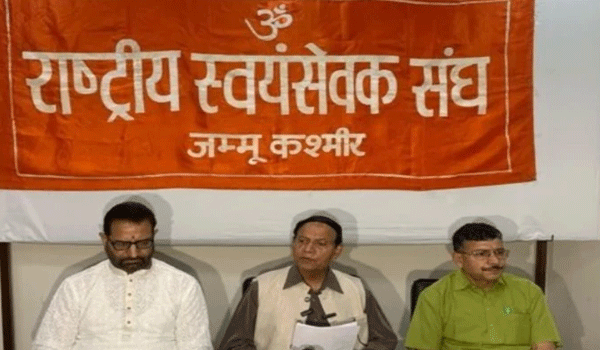From ISS to Earth: A Unique Communication Bridge
Group Captain Shubhanshu Shukla (callsign VU2TNI), the first Indian astronaut onboard the International Space Station (ISS) as part of Axiom Mission 4, has made multiple global contacts using ham radio—a tribute to the enduring legacy of amateur radio outreach in space, facilitated by ARISS (Amateur Radio on the ISS).
1️⃣ First Contact – July 4, 2025 (India – URSC Bengaluru)
- Timing: 3:47 PM IST via a telebridge station in Maryland, USA (It’s HAM RADIO)
- Participants: Students and scientists at ISRO’s U. R. Rao Satellite Centre (URSC)
- Highlights: Shukla fielded questions on ISS life and scientific experiments, inspiring hundreds of students nationwide (It’s HAM RADIO)
- Significance: India’s first-ever direct ham radio call by an Indian astronaut aboard the ISS—an educational milestone for Indian STEM outreach
2️⃣ Second Contact – July 8, 2025 (Northeast India – NESAC Shillong)
- Timing: Around 2:08 PM IST (The Indian Express)
- Participants: Seven schools from Meghalaya and Assam, gathered at NE State Space Applications Centre (NESAC)
- Highlights: Shukla answered 20 pre-submitted questions and encouraged students, saying:
“Many of you can become future astronauts, even walk on the Moon.” (The Tribune)
- Significance: Continued outreach, this time reaching India’s Northeast, underscoring inclusive access and region-wide inspiration via ARISS.
? What is ARISS & How It Works
- ARISS is a global initiative (supported by NASA, ESA, JAXA, Roscosmos, CSA, ISRO) that facilitates amateur radio interactions between ISS astronauts and Earth-bound participants (The Verandah Club)
- It uses the ISS radio system tuned to ~145 MHz frequencies for voice and data transmission (The Indian Express)
- Communication typically lasts 5–8 minutes per pass, linked via telebridge stations to ensure stable connection even when the ISS isn’t directly overhead (The Indian Express)
? Key Moments & Student Questions
During live sessions, Shukla:
- Shared details of his journey aboard SpaceX Crew Dragon, docking procedures, microgravity environment
- Described his favorite experiments—including stem cell research—and the excitement of floating in orbit (The Indian Express, The Tribune)
- Spoke about breathtaking Earth views, REM sleep difficulties due to excitement, and cultural bonding moments like “aam ras and gajar ka halwa” shared with crew (The Indian Express)
?? Educational & Cultural Impact
- STEM inspiration: Real-time interaction with space ignites curiosity and drives youth interest in space careers (The Verandah Club)
- Global cooperation: These contacts showcase multinational teamwork underpinning the ISS (The Tribune)
- Democratizing space: Even regions without space infrastructure—like rural areas and the Northeast—gain access to space discourse
? Context of the Mission
- Shukla launched on June 25, 2025, via SpaceX Falcon 9 from Kennedy Space Center and docked at the ISS on June 26 (Web India News)
- His mission is expected to last around 14 days, as part of a broader scientific and outreach agenda (India Today)
- He follows in the footsteps of Rakesh Sharma as the second Indian in space but holds the distinction of being the first on the ISS (India Today)
? Final Word
Group Captain Shubhanshu Shukla’s ham radio communications from the ISS mark a watershed moment for India:
- First-ever Indian astronaut ham radio contact from ISS
- Reached diverse student audiences—from Bengaluru to Shillong
- Blended science, culture, and inspiration across geographic and social boundaries
- Illuminated how simple tech like ham radio continues to bridge space and Earth, fueling the next generation of explorers


